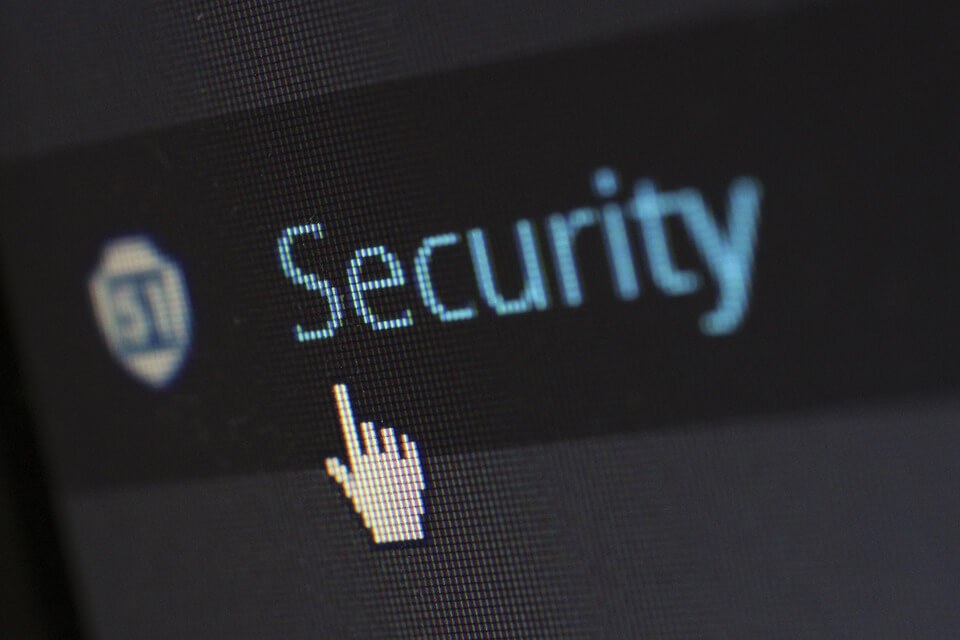
Have you given out your router password to other people, and can’t remember who? Do you want to know who is connected to your Wi-Fi network? Don’t forget that there are numerous devices which can connect to your network: laptops, tablets, smartphones, Wi-Fi printers, smart TVs, game consoles, etc. Here are some ways to check out who’s connected to your router:
How To Secure Your Wi-Fi – Know Who Are Connected:
Use the GlassWire Pro system – and get an alert if a new gadget is connected to your router:
GlassWire is a security and firewall system, while one of its greatest features (and it has many) is a fast and reliable view of the network which can show you which devices are connected with your router and Wi-Fi network. Not only this, but it also has excellent graphs for showing the bandwidth usage, to view which apps connect to which, as well as the amount of bandwidth each app uses. Also, alerts are available if an app makes any changes to the system.
Use your computer’s software to scan the Wi-Fi network:
The best way for checking any devices which are connected is by using the web interface of the router. But some routers do not have this feature on offer so you might wish to use a scanning tool as an alternative (scanning tools are computer software which can scan the network you are connecting to in order to check for active devices). However, scanning tools like this one do not have the capacity to list devices that are connected but are currently offline, as you can see only devices that are online. One of the most popular tools is the Wireless Network Watcher by Nirsoft, which does not even require installing on the computer. All you need to do is download and launch it, which will enable it to observe the Wi-Fi network for any active devices and display the names of the devices, the manufacturer of the network hardware (which is useful to identify devices with names, namely, Android devices), as well as the MAC addresses.
Use the web interface of the router:
Checking your web interface is a really good idea, as the router is the host of your network, having the best data regarding the devices connected. There is a standard way to access the web interface of the router – and, if you are unsure of the Internet Protocol address, it is possible to look up the gateway IP address of the computer by using the Control Panel. What you should do next is plug the IP address into the address bar of the web browser and touch Enter. However, a number of routers provide a list of devices that are connected by way of DHCP, meaning that a device with a static IP configuration won’t show up in the list.
Changing the password of your router’s network:
It must be admitted that this is not a foolproof method of finding if somebody is using your network and is connected to your router, and also, it is not the sturdiest security feature, as this is not something that we check on a regular basis. However, if you do check this feature and you find devices that you cannot recognize, the password of the Wi-Fi network should be changed (hopefully, you are utilizing WPA2-PSK encryption) which should put an end to the use of any devices pending their use of the new password. One of the problems with this, though, is that one of the devices may be one of your own, which you forgot about. Some examples of these mysterious devices can be a smart TV and its built-in Wi-Fi which you forgot about, or a printer that uses Wi-Fi, or even a speaker system connected by Wi-Fi. So if you decide to change the password of your router for some reason (one of them being the above), you should not forget to re-enter the new password on all the devices which you approved. But before you go through this procedure, make sure to disable WPS, as it is a network security standard that is quite vulnerable and it can be used by attackers to use your network by bypassing the password. Also, it is a good idea to change the password of your Wi-Fi network to any visitors or neighbors, as they may continue to use it for a long time.






